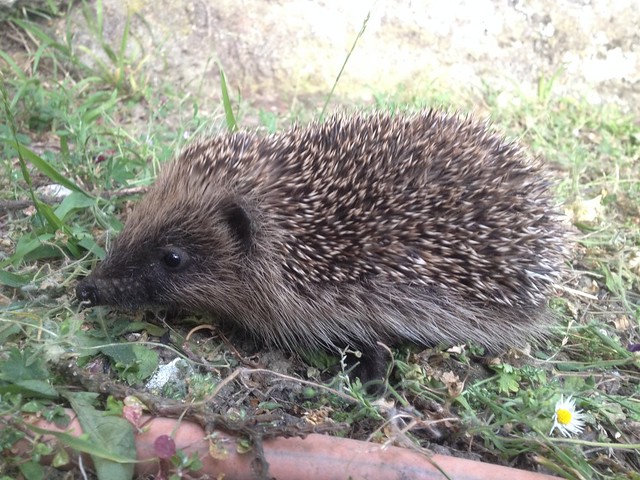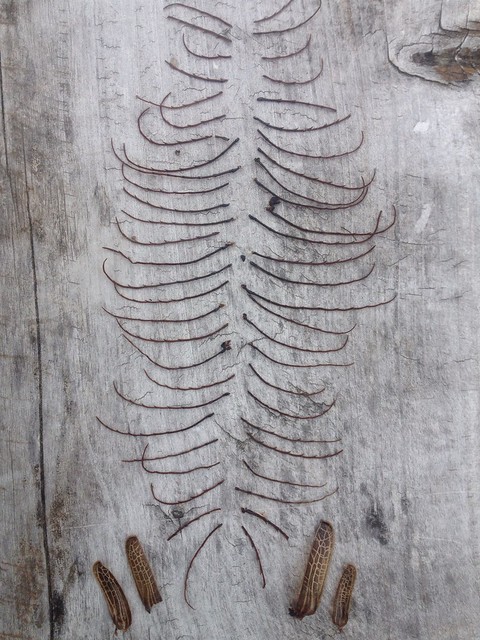RECENT ARTICLES
- CEBRA: An optimised and standardised sampling protocol for BioBlitz
- Stop it people, the plural of anecdote IS data!
- That's no pollinator, that's a flower visitor
- Add a scale to your macro photos
- What to photograph when counting the wild
- Imagine counting the wild on EVERY street in a city!
- My wild counting workflow
- A butterfly flew through
- Why iNaturalist observations without photos can be research grade
- Why you shouldn’t use a spreadsheet for data entry
- All articles ...
When huhu meets hedgehog
In New Zealand, the ecological impacts of hedgehogs on native species is right up there with rats and stoats and possums. That’s not yet widely accepted though. Here’s an example that emphasised for me how much hedgehogs eat.
written Dec 24, 2014 • by Jon Sullivan • Category: Wild Changes

While stoats and possums are well entrenched in the public eye as enemies of New Zealand’s native biodiversity, public opinion remains largely positive for hedgehogs. Hedgehogs remain widely regarded as cute garden residents that eat slugs in people’s vegetable gardens. Some people still put food and milk out for hedgehogs. I even found a popular Facebook group set up to rescue sick, orphaned, and injured hedgehogs.

Nevertheless, in terms of impacts of native wildlife, hedgehogs are right up there with stoats, possums, and rats. Ecologically they’re adaptable generalist predators, essentially big prickly rats. They eat just about anything they can catch, including insects, frogs, lizards, birds eggs, and even adult chickens. Hedgehogs are now wild in all sorts of native habitats, even subalpine grasslands.
Wildlife scientists and conservationists are unanimous that hedgehogs and native wildlife don’t mix well. This has been nicely summarised in newspaper articles here, here, and here. For a more scholarly take on the same topic, here’s a scientific article by Landcare Research ecologists Chris Jones and Grant Norbury quantifying the diet of hedgehogs in a NZ dryland, including native skinks and rare beetles.
All this was well illustrated for me on our Christmas camping trip to Okains Bay on Banks Peninsula. At the campground’s kitchen-toilet block, the lights remain on all night, which attracts in all sorts of local insects. And one hedgehog had set itself up there to eat whatever it could catch.

The remains of huhu beetles eaten by one hedgehog in one night at Okains Bay campground, December 2014 (view observation on iNaturalist NZ).
It turns out that it didn’t like huhu beetle antennae (the rest of the huhu was suitably appetising). Huhu beetles (Prionoplus reticularis) are New Zealand’s largest beetle, and are still common thanks to their liking for plantation pine trees. In the morning the deck was littered with huhu beetle antennae. I went around the building picking up all the antennae I could find. The one toilet block hedgehog (or maybe hedgehogs) had eaten at least 27 beetles that night. It undoubtedly ate a great many other insects too, like the big moths attracted to the lights, but it ate those whole.
In areas where hedgehogs are common, they are clearly important predators for small creatures the live on or near the ground. If you’re making wild counts of some of these small creatures, it’s well worth also counting hedgehogs.